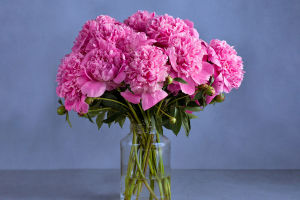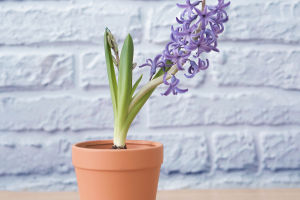Flower arranging is far more than just a mere pastime; it is a refined art form that blends creativity with technical skill.
For those who are new to this craft, the prospect of creating stunning arrangements may seem daunting.
However, with the right guidance and a willingness to learn, even beginners can produce arrangements that are both visually striking and harmonious. In this comprehensive guide, let's delve into four key principles of flower arranging, providing detailed insights and practical tips to help you hone your skills and unleash your creativity.
1. Consistency in Flower Selection
One of the fundamental principles of flower arranging is the careful selection of flowers. For beginners, simplicity is paramount. Rather than overwhelming yourself with a variety of different blooms, focus on choosing flowers of the same type. This approach not only simplifies the arranging process but also ensures a cohesive and harmonious result.
When selecting flowers, consider those that are well-suited for clustering, such as roses, daisies, or carnations. These flowers possess a natural compactness that allows them to be densely packed into a vase, creating a lush and vibrant display. By sticking to one type of flower, you can avoid the complexity of having to balance different shapes, sizes, and colors, allowing you to concentrate on achieving a balanced composition.
2. Harmonizing Color Scheme
Another crucial aspect of flower arranging is the careful consideration of color. A well-chosen color scheme can enhance the overall impact of your arrangement and create a sense of cohesion and balance. For beginners, a simple yet effective approach is to use flowers of the same color or similar hues.
By opting for blooms within the same color palette, you can create a visually cohesive arrangement that is both elegant and harmonious. For example, a monochromatic arrangement of white flowers, such as lilies, roses, and hydrangeas, exudes timeless beauty and sophistication. Alternatively, you can experiment with analogous or complementary colors to create bold and eye-catching compositions.
3. Opting for Short Vases
The choice of vase can significantly impact the final appearance of your arrangement. For beginners, shorter vases offer several advantages over their taller counterparts. Unlike taller vases, which require careful consideration of stem length and proportions, shorter vases provide greater flexibility and ease of use.
When selecting a vase, opt for one with a short neck and a wide opening. This will allow you to arrange flowers more easily and create a balanced composition without the need for precise measurements. Additionally, shorter vases are ideal for displaying on tabletops, shelves, or mantels, making them perfect for smaller spaces or arrangements intended for intimate settings.
4. Creative Vase Combinations
To add visual interest and complexity to your arrangements, consider experimenting with creative vase combinations. Instead of using a single vase, try arranging multiple smaller vases together to create a dynamic and visually appealing display.
Mix and match vases of different shapes, sizes, and heights to create a sense of movement and depth. Experiment with arranging flowers at varying heights within each vase, allowing some blooms to cascade over the edges while others stand tall and proud. You can also incorporate non-traditional containers such as vintage bottles, mason jars, or even teacups to add a touch of whimsy and personality to your arrangements.
By incorporating these key principles into your flower arranging practice, you'll be well on your way to creating stunning arrangements that are sure to impress. Remember, practice makes perfect, so don't be afraid to experiment and try new techniques. With time and dedication, you'll develop your unique style and flair for flower arranging, creating arrangements that are as beautiful as they are meaningful.


